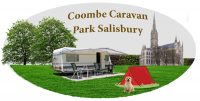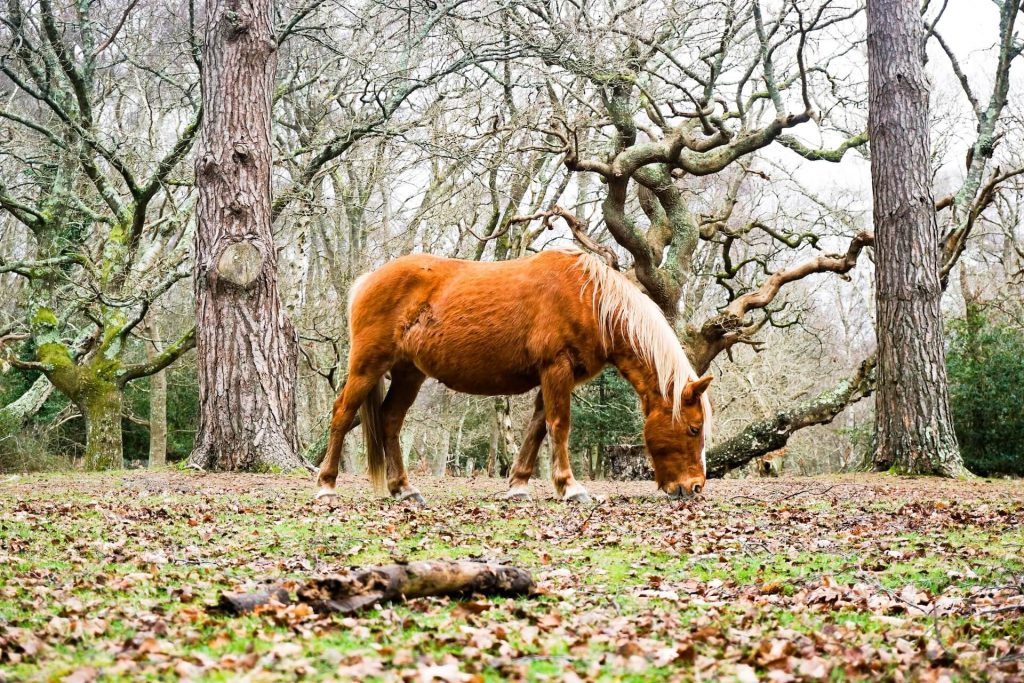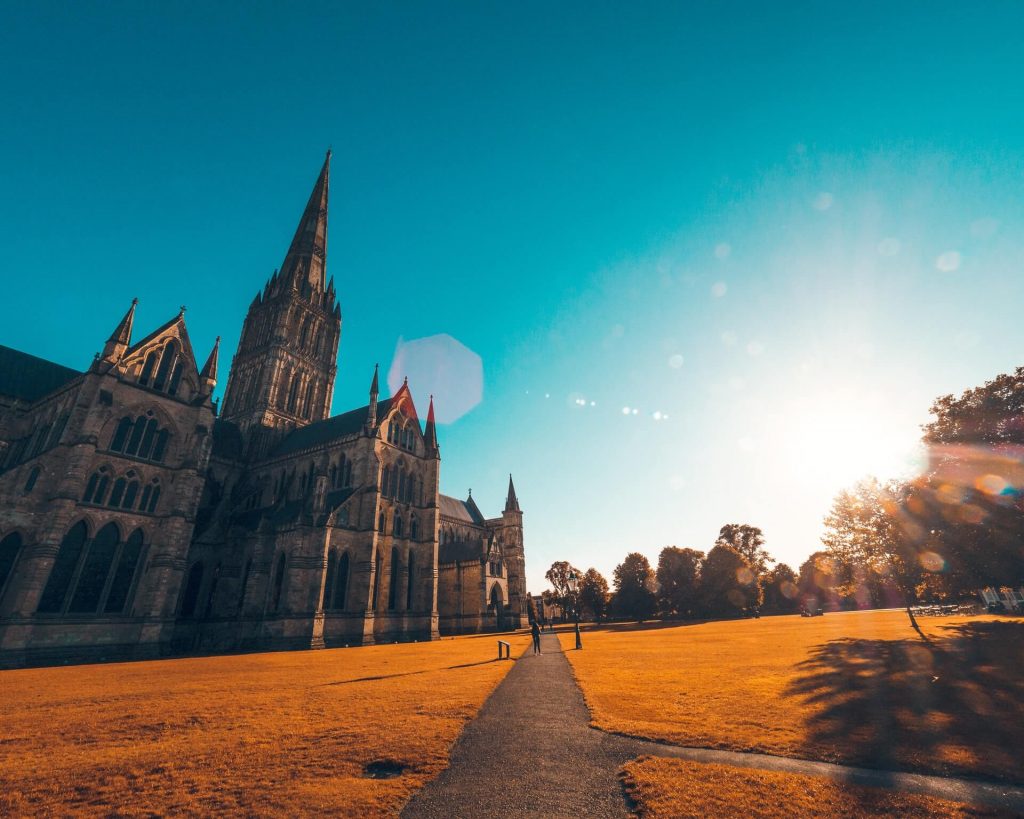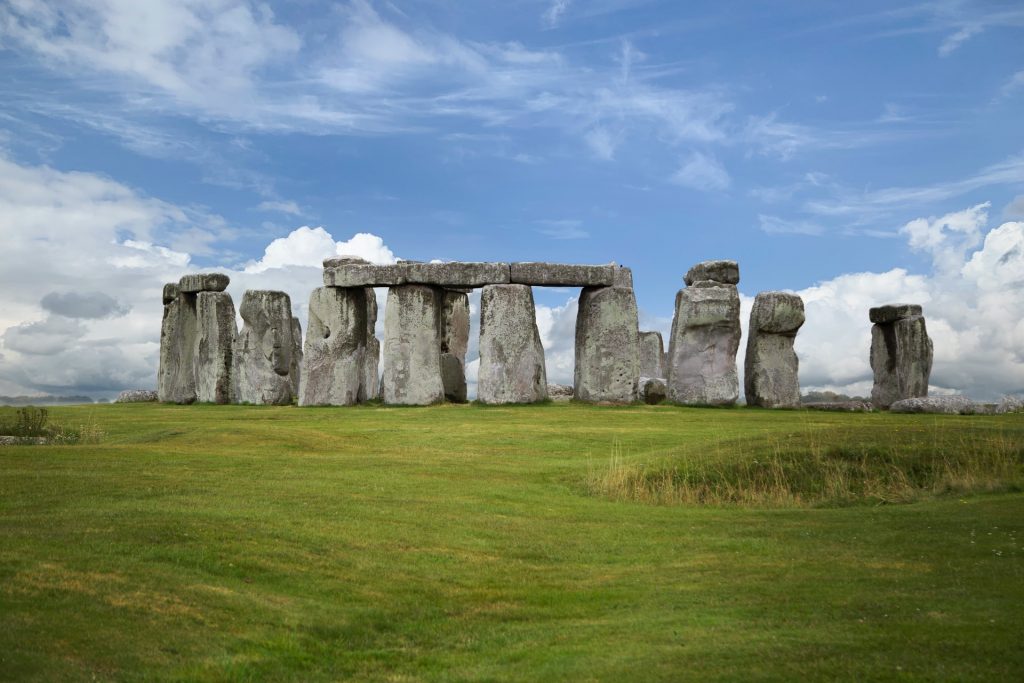The New Forest is one of Wiltshire’s most historical landmarks, and just a 25 minute car drive from our caravan park.
it consists of over 26,000 hectares of crown land, bringing thousands of tourists to the heart of its heathlands every year. The park is rich in history, both factual and even paranormal.
So if you’re planning a stay at Coombe Caravan Park, then we highly recommend visiting the park to discover its spooky secrets for yourself!
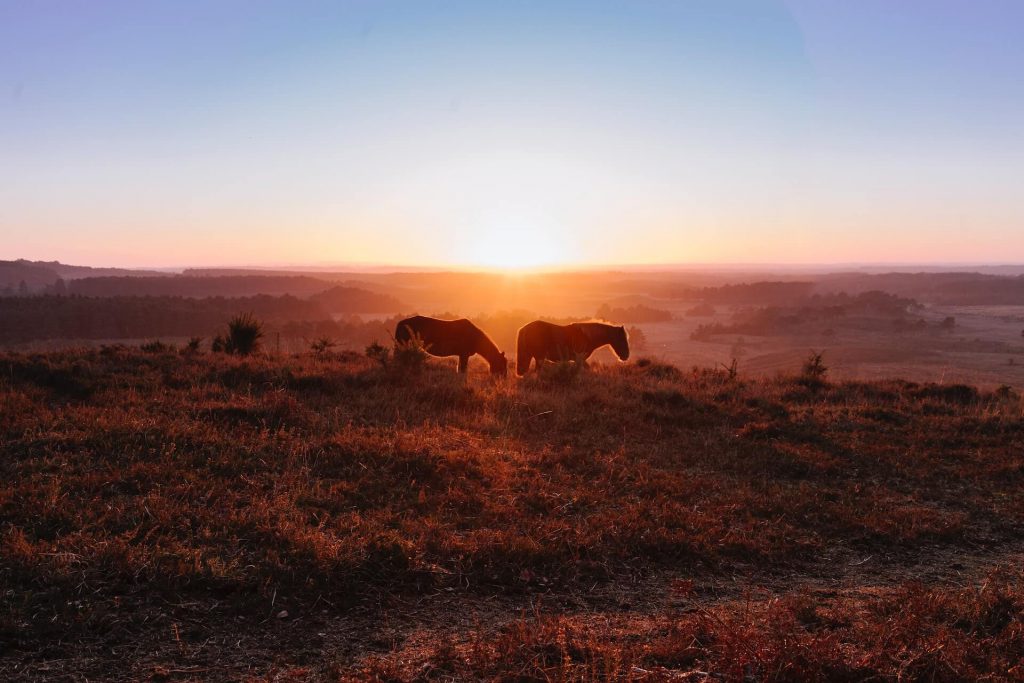
William the Conqueror
In 1079, William the Conqueror created this land as a means to hunt on, naming it the ‘Nova Foresta’ (literally translated in modern day as New Forest). He then enforced a law that stopped the local community from grazing livestock, erecting fences, forage or doing any activity that would otherwise hinder William’s hunting.
After his death, the rights of the common people were restored in the 1217 Charter of the Forest; a document sealed by King Henry III. The charter was seen as a companion to the Magna Carta, one of which rests in Salisbury Cathedral to this very day.
Even almost 1000 years later, the New Forest still retains its historic woodlands by the means of Verderers, Agisters, and Commoners. These are forestry officials, known as the Forestry Commission, charged with maintaining the law of the forest as set by William all those years ago.
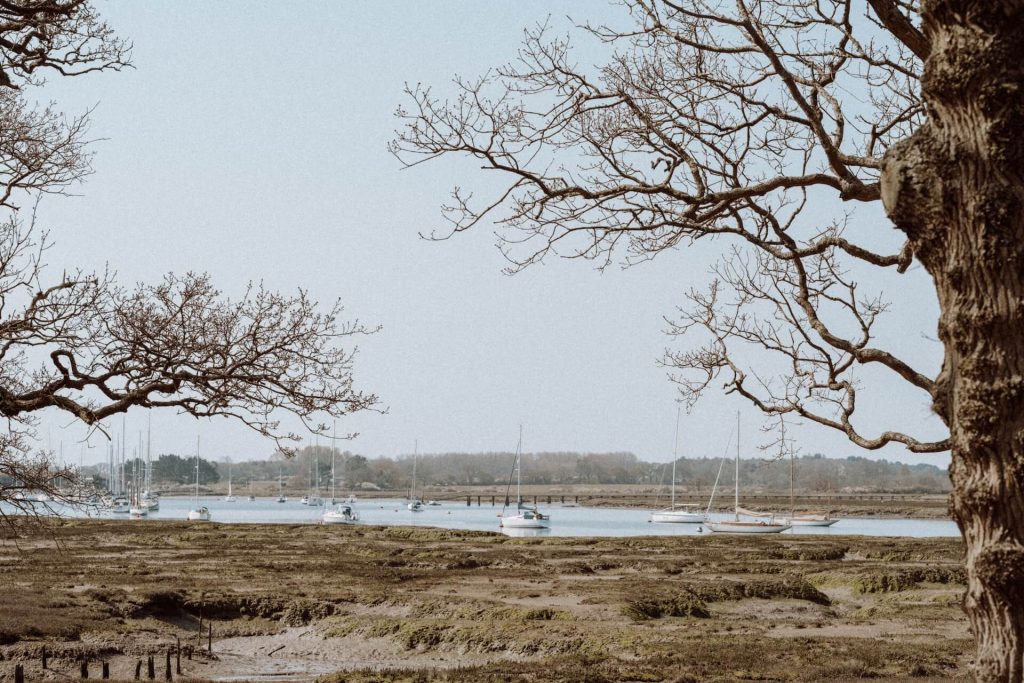
During WW1 and WW2
In the first world war, wounded soldiers were sent to Brockenhurst to be treated in makeshift hospital beds, where many of the soldiers sadly lost their lives.
The New Forest was also crucial for the strategic operations of British, US, and Canadian troops during the second world war. Brockenhurst, once again, was used as the central location for army generals, like Eisenhower, to have their meetings in preparation for D-Day.
More information on how the New Forest was used during the war can be found on their website.
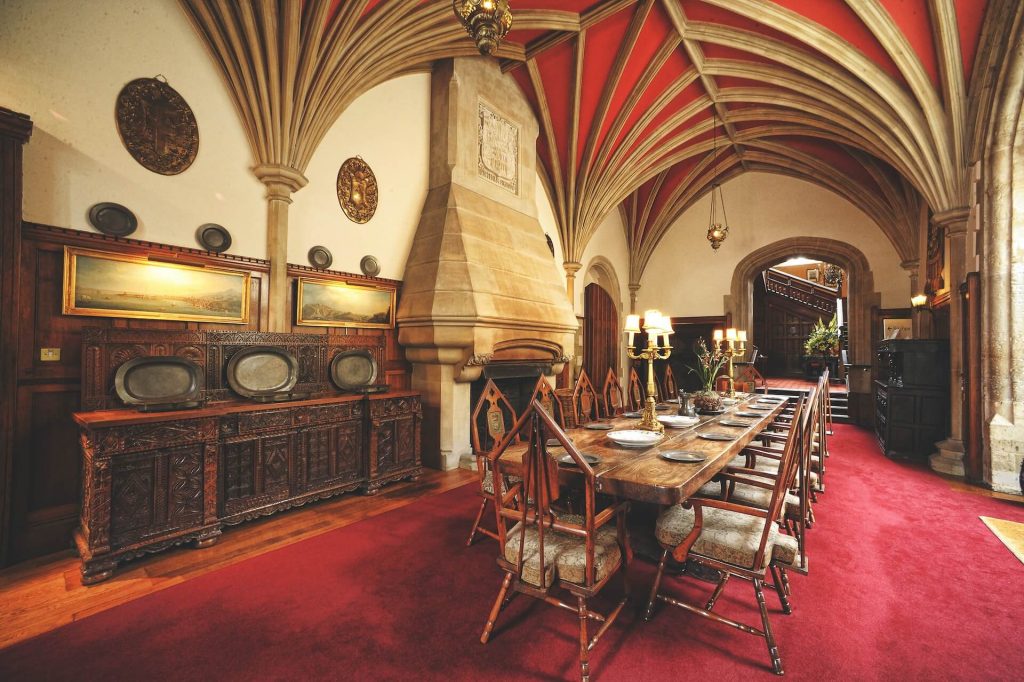
Add An Eye of Newt
Perhaps the most alluring aspect of the New Forest is its ties with the ‘otherworldly’. It should come as no surprise that people have reported hearing high-pitched screamings bouncing off the trees of the forest, where so many soldiers lost their lives. But there are even more stories of ghosts lurking in the shadows.
It is said that Beaulieu Abbey and Palace House are two of the most haunted places in England, with ghostly sightings dating as far back as the 16th century. Witnesses remarked on the appearance of monks, and Gregorian chants echoing over the vast ruins.
Hurst Castle is also said to be haunted by the ghost of Charles I amongst other aristocrats who haunt the rooms of Breamore House.
If ghosts aren’t enough to put a chill up your spine then perhaps the village of Burley, which is said to have a history with witchcraft, will get your attention. Where ghosts can be found at Burley Lawn as well as the ghost of a cat that hangs around the Coven of Witches shop.
Enjoy the Not-So-Spooky
Talking to spirits might not be your cup of tea, which is why the New Forest is rich with possibility. Take your bikes down the well-trodden cycle route, or go for a stroll amongst the beautiful flora and fauna.
With the idyllic glades being a mere 25 minute car drive from our caravan park, you’re spoilt for choice. Don’t forget to pack a hearty picnic!
